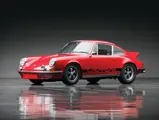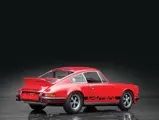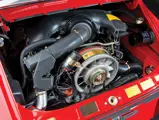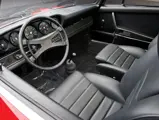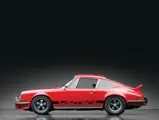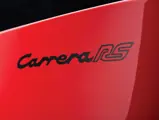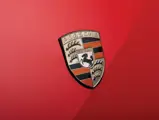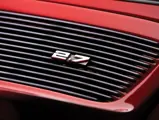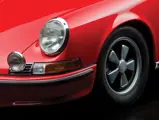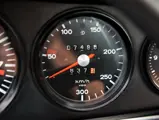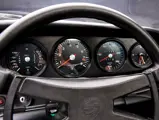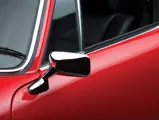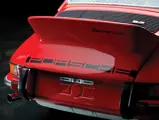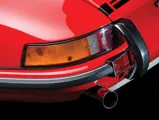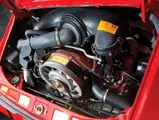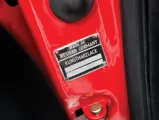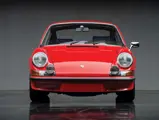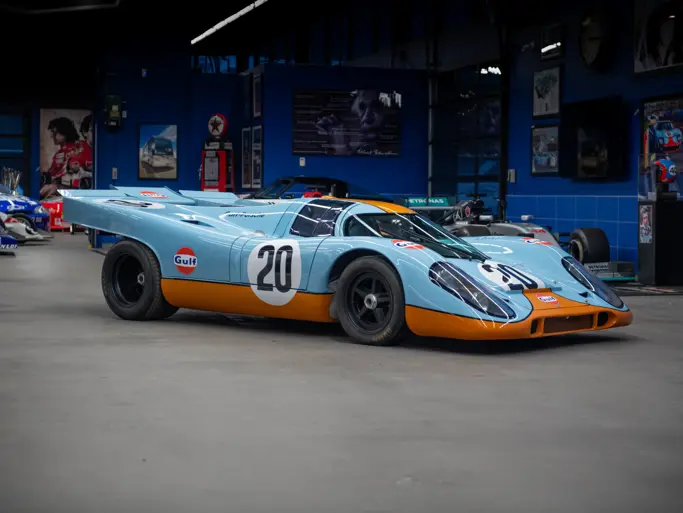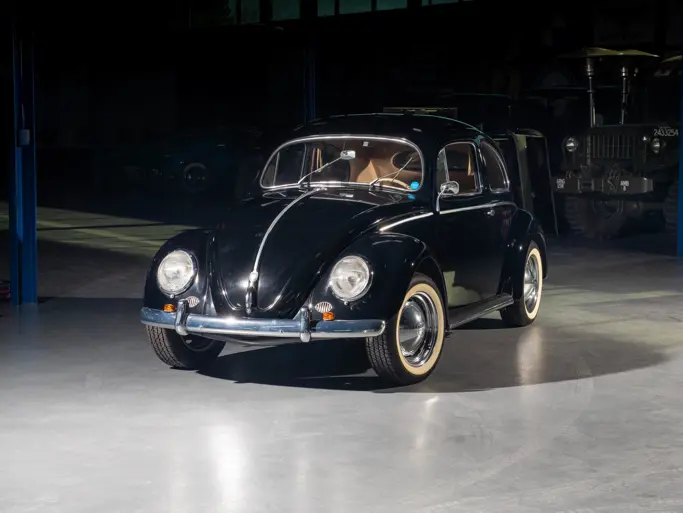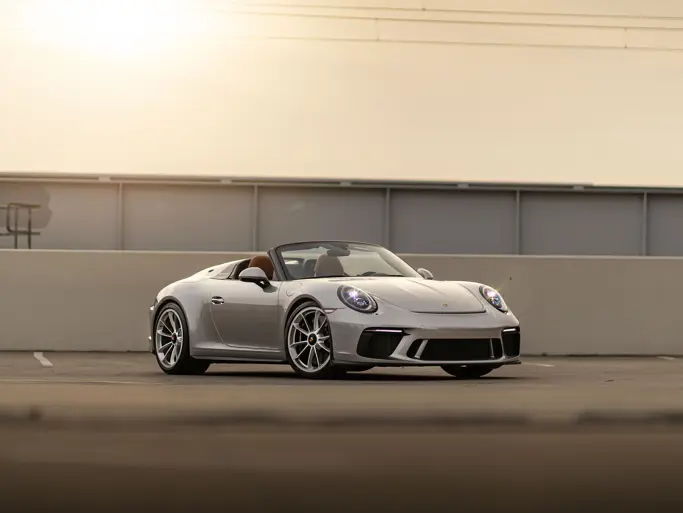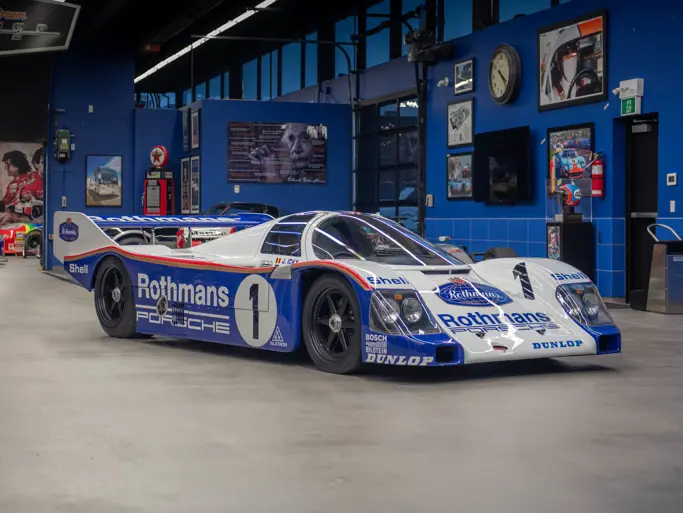The Don Davis Collection
1973 Porsche 911 Carrera RS Touring
{{lr.item.text}}
$506,000 USD | Sold
 | Fort Worth, Texas
| Fort Worth, Texas
{{internetCurrentBid}}
{{internetTimeLeft}}

- Matching-numbers example, complete with a Porsche Certificate of Authenticity
- High-quality restoration completed in June 2012
- Well-equipped, with special-order India Red exterior
210 bhp, 2,687 cc air-cooled SOHC horizontally-opposed six-cylinder engine, Bosch mechanical fuel-injection, five-speed manual gearbox in rear transaxle, four-wheel torsion bar independent suspension, and four-wheel hydraulic disc brakes. Wheelbase: 89.4 in.
Introduced to wide acclaim at the 1963 Frankfurt Auto Show, Porsche’s 911 became an immediate hit. While completely new, it prominently displayed its marque DNA, with the familiar rear-mounted boxer engine and styling by Ferdinand “Butzi” Porsche, grandson of the founder, Ferdinand Porsche, and son of Managing Director Ferdinand “Ferry” Porsche. The engine had grown to six cylinders, displacing 1,991 cubic centimeters and developing 130 horsepower DIN (European scale) or 148 SAE, and a five-speed transmission was standard.
As its predecessor, the 356, had evolved through numerous variations in its 18-year lifespan, the 911 begat a succession of sub-models, currently numbering 30-some and still counting. The first was a 911S, introduced in 1966. Retaining the 911’s displacement, it had higher compression and twin Weber three-throat carburetors, pumping out 180 SAE brake horsepower. Fuel injection came in 1969 for the 911S and a new 911E model, along with a 55-millimeter stretch in the wheelbase. The engine was enlarged to 2,341 cubic centimeters (usually called 2.4-liters) for 1972. A stronger transmission, derived from that of the 908 race car, was adopted.
A fundamental change in FIA regulations ended the Porsche 917’s three-year reign over World Sportscar Championship racing after the 1972 season. In its wake, the 2.4-liter 911S carried Porsche’s racing banner, becoming the basis for a new Group 4 GT-class entry, the Carrera 2.7 RS (“RS” for Rennsport, which is German for racing. The Carrera name, evoking the Carrera Panamericana, the famous Mexican road race, was resurrected from the 356 model of that designation.). Porsche engineers aggressively cut the basic car’s heft with lightweight body steel and thinner glass by Glaverbel, of Belgium. The interior was trimmed to a minimum, with rubber floor mats replacing carpets, and the clock, passenger sun-visor, and rear seat were deleted entirely. Lightweight Recaro seats were fitted for both driver and passenger.
Mechanically, the 2.4-liter, air-cooled, flat six of the 911S was given a larger bore and fuel injection to become a 210 brake horsepower, 2.7-liter powerhouse. The wheel arches were extended to allow wider wheels, six inches in front and seven at the rear, which could be further extended by two inches for racing. The suspension was upgraded, and extensive wind-tunnel testing resulted in the distinctive “Burzel” (ducktail) rear spoiler, which drastically reduced rear-end lift at speeds over 150 mph, and it remains the car’s visual signature today.
To make the car more attractive to a wider audience, a “Touring” version of the 2.7 RS was also marketed. Only 200 of the all-out “Lightweight” versions were built. Predictably, demand for the Carrera 2.7 RS was strong, and Porsche was more than able to meet the FIA’s 500-car production requirement to homologate the 2.7 RS for Group 4 competition. In all, 1,580 were built in 1973 and into 1974.
Originally delivered in Germany, this 911Carrera RS is one of a reported 30 with the special-order Code 2525 India Red paint. As built, it had a limited slip differential, sport seats, retractable seats, through-the-grille fog lights, and a retractable antenna. All remain on the car today; the antenna is in its unusual but original location on the right fender.
While its early history is not recorded, it is known to have spent time in a Japanese museum. At some point, it was repainted white with blue stripes, not uncommon in the sports car world. It was imported to the United States and purchased by George Valerio; it was, at that time, in excellent condition, with matching numbers but in the incorrect paint. It subsequently found its way to Phillip Coombs, of Santa Barbara, who immediately commissioned a thorough restoration.
The rotisserie restoration was performed by Kundensport Porsche, of Camarillo, California, with single-marque specialists working on everything from 356s to 917s. The drivetrain was rebuilt by Aase Brothers in Anaheim, California. The car has been driven some 700 miles since completion and performs exquisitely. Noted Porsche 911 RS specialist David Mohlman, previously involved in the sale of the car, related that this RS was an outstanding example and remembered it fondly. The sport seats are actually original, restored to perfection by Tony Garcia at Autobahn Interiors in San Diego, as part of his complete renovation of the interior.
Taken in context, the popularity of the Carrera RS is a contradiction. Though much in demand when new, its total production of 1,580 is very modest by manufacturing standards, and surviving cars have often seen a hard life. This car, with matching numbers and original, never-damaged panels refinished to perfection, is an exceedingly rare example. As restored, detailed, and presented, it represents a very fleeting opportunity.

